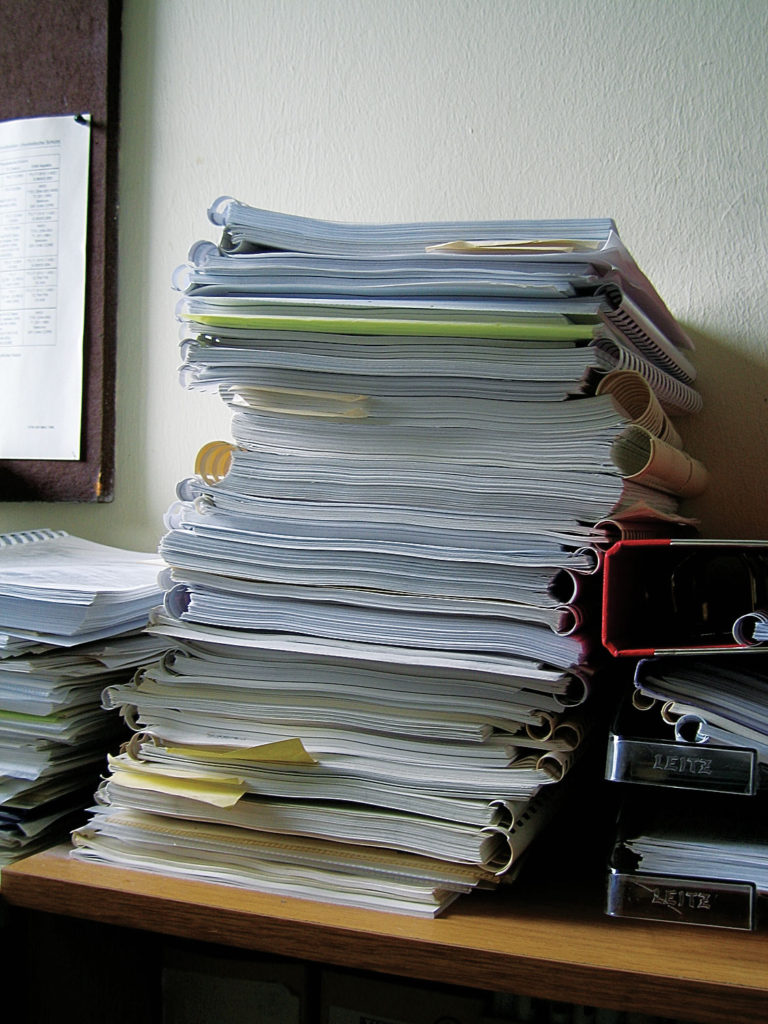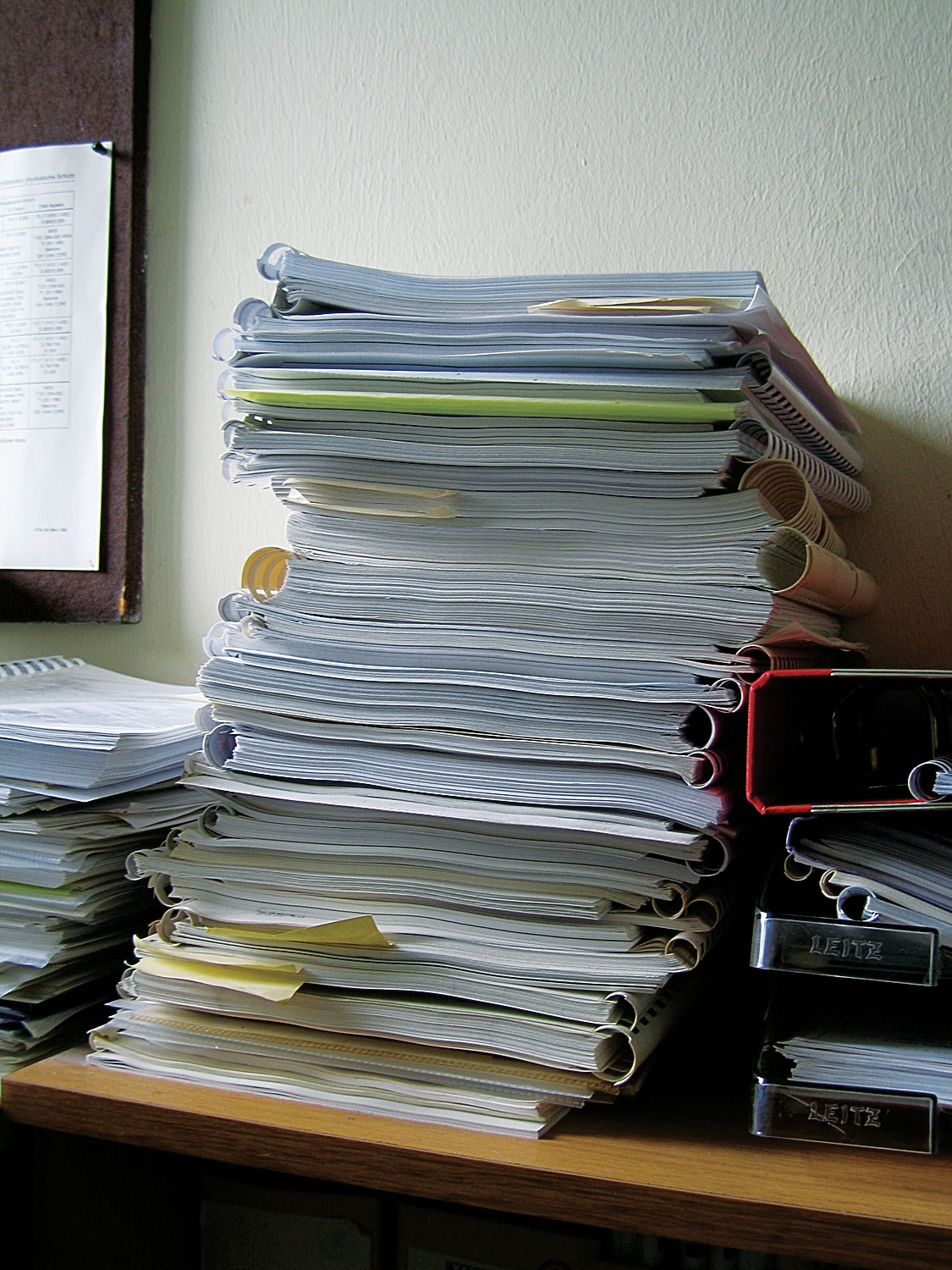Leisha Senko
The Sputnik (Wilfrid Laurier University-Brantford)

BRANTFORD, Ont. (CUP) — Turnitin.com, the plagiarism detection website contracted for use by numerous high schools and universities, has been facing severe criticism. Issues ranging from the practical to the ethical have caused some students, teachers and campus organizations to voice their dissent following the program’s use in their classrooms.
Jesse Rosenfeld, a former McGill University student, spearheaded this campaign in 2004 by refusing to submit his paper to the website for an economics class. After a lengthy hearing with the university, officials finally allowed him to opt out of the system.
Rosenfeld explains that there were a number of reasons for his refusal to comply, from the nature of the site to the presumption of guilt associated with forcing students to submit papers and prove innocence before even “raising that alarm.” He spoke of one reason that particularly troubled him.
“You have these companies profiting off of this crisis in higher education through creating massive paper mill databases and being able to, basically, market their resource on the number of papers they have to check your paper against,” Rosenfeld said. “Effectively, every time you submit your paper, you’re contributing to their marketing strategy and their direct profit.”
Rosenfeld is commenting on the company’s leaflets, emails and website, which boast that Turnitin.com has more than 130 million student papers at its disposal.
But, for Jason Robinson, a professor at Wilfrid Laurier University’s Brantford campus, the system is worth it.
“Indeed it is unsatisfying to know that a company is either directly or indirectly making money from another work,” said Robinson. “I’m not sure how ‘unsatisfying’ leads to ‘unjust.’ As an instructor, I am comfortable arguing that there seems to be far more gained by virtue of Turnitin.
com then there is lost. As it is, everybody seems to win.
“Turnitin.com is making money. Students are being justly awarded grades based on performance.”
This brings up the largest and most controversial issue of all. For public education purists, the most egregious problem is what Turnitin.com represents: A private, cost-driven company that has effectively penetrated the inner workings of the classroom. For critics, a sacred line has been crossed.
“If you start looking at a corporation and the way in which a corporation is responsible to its shareholders, their legal responsibility is to deliver the maximum profit within the confines of law,” said John Farrell, a high school teacher and supporter of the public education system. “It’s one of the reasons why you don’t want corporations running certain services where there are values beyond maximizing profit.”
Patrick Scanlon, a scholar and critical analyst of the issues surrounding plagiarism, outlines the central quagmire in his work “Student Online Plagiarism: How Do We Respond.” He argues that a mechanical online service unduly simplifies the problem, making it a product-in-product-out ratio rather than an attempt to holistically better the situation.
“The adoption of increasingly popular electronic plagiarism checkers, although probably effective in the near term as deterrents, could actually prevent faculty from addressing the problem before the fact, as a critical matter of students’ intellectual and ethical development,” writes Scanlon.
“Using plagiarism checkers appears to turn professors into detectives with new and unproven high-tech tools at their disposal, rather than teachers instructing students in what, for many of them, are baffling principles and techniques.”
Rosenfeld goes further, saying that although there may be problems in the education system as a whole — ballooning class sizes, cross budget drops — Turnitin.com is, in essence, a bandage solution.
“This answer doesn’t address the problem.”
So while there is disagreement on the size of the issue or the proper solution, there is a general consensus that fewer instances of plagiarism are desirable.
Logic says that this is a crisis that a corporation has absolutely no incentive to solve. Strictly through the lens of profit and loss, it would be wholly detrimental for Turnitin.com to fundamentally “fix” the problem.
Rosenfeld argues that promoting a classroom setting where students understand what plagiarism means and have little want or opportunity to engage in it would create a very healthy learning environment.
“The fact is that if you want to put money into truly tackling sources of plagiarism, you’re going to put it into the quality of education,” he said. “You’re going to have more original assignments that are more difficult to plagiarize, or you’re going to have greater engagement with students. That way they’ll be less inclined to throw a paper out of a paper mill.
“You’re going to have a greater familiarity between students and faculty. You’re going to know the student’s writing and the student’s work.”
Although these changes may be relatively costly, Rosenfeld, Farrell and other critical scholars point to the notion that this may not be the only factor prompting schools to sign on with big business. The realization that the proportionality of the plagiarism monster may be inflated is seen as a disturbing, but likely fact.
“It had this feel of a war on plagiarism, which just seemed rather absurd,” said Rosenfeld. “It was a manufacturing of a crisis of plagiarism that professors were completely capable of dealing with.”
Indeed, Scanlon’s article points out that only “10 percent [of students] reported copying ‘a few sentences from a website without footnoting them’ and five percent admitted to turning in a paper ‘obtained in large part from a term paper mill or web site.’”
This numerical representation is much tamer and more manageable than Turnitin.com’s statistics. Farrell says he isn’t buying the argument that Turnitin.com is better than a trained eye.
“Writing is such an organic process, that the idea of being able to detect certain issues with a ‘sophisticated algorithm’ well, I don’t find that reassuring. I mean, if these sophisticated algorithms, regarding writing, were possible, then surely Microsoft Word would be able to come out with a better grammar checker, and yet they don’t.”
So, while Rosenfeld attained his initial victory, McGill’s policy on the site has not changed. Other schools around the country, however, have rethought their contracts, including Mount Saint Vincent University, which was the first school to ban the program in 2008.
Still, the overall trend of expansion for Turnitin.com continues.
HARD FACTS
Turnitin.com by the numbers
875,000
Amount of educators using Turnitin
10,000
Amount of high schools and colleges that have licensed the service
200,000
Amount of papers processed during daily peak loads
135 million
Student papers processed in total
13.5 billion
Pages of web content and articles, from over
90,000
subscription-based journals and articles
Compiled by Mike Sholars
Schools’ reliance on turnitin.com questioned


